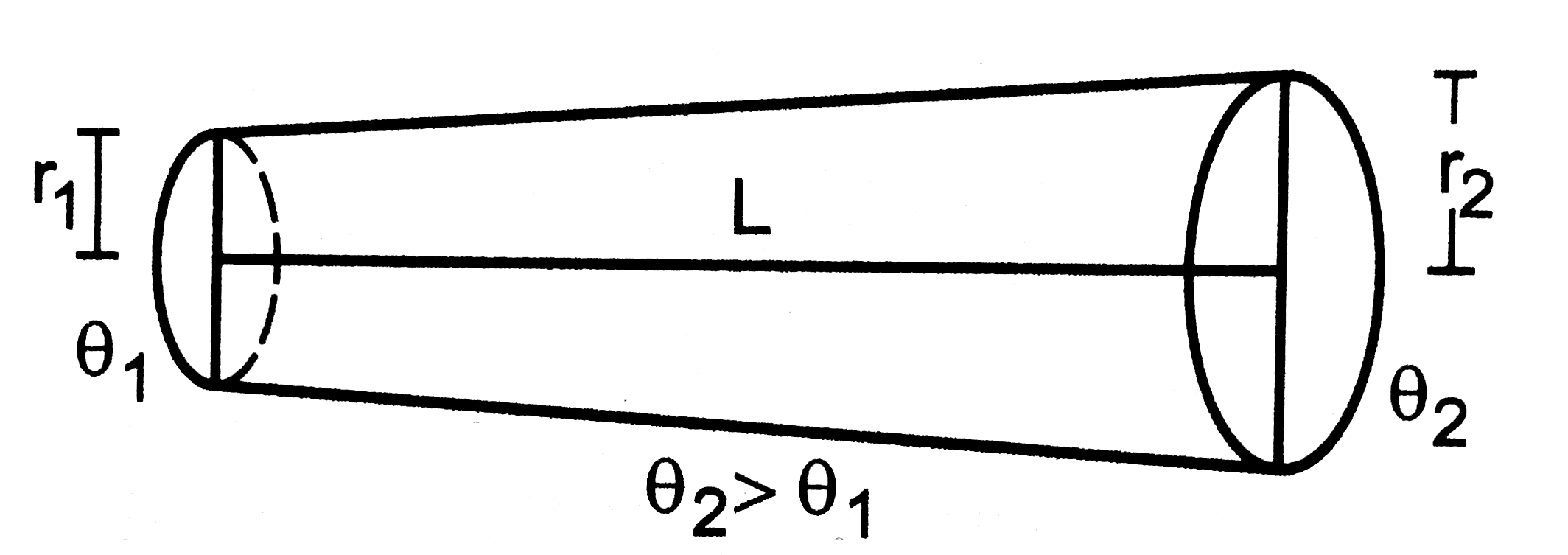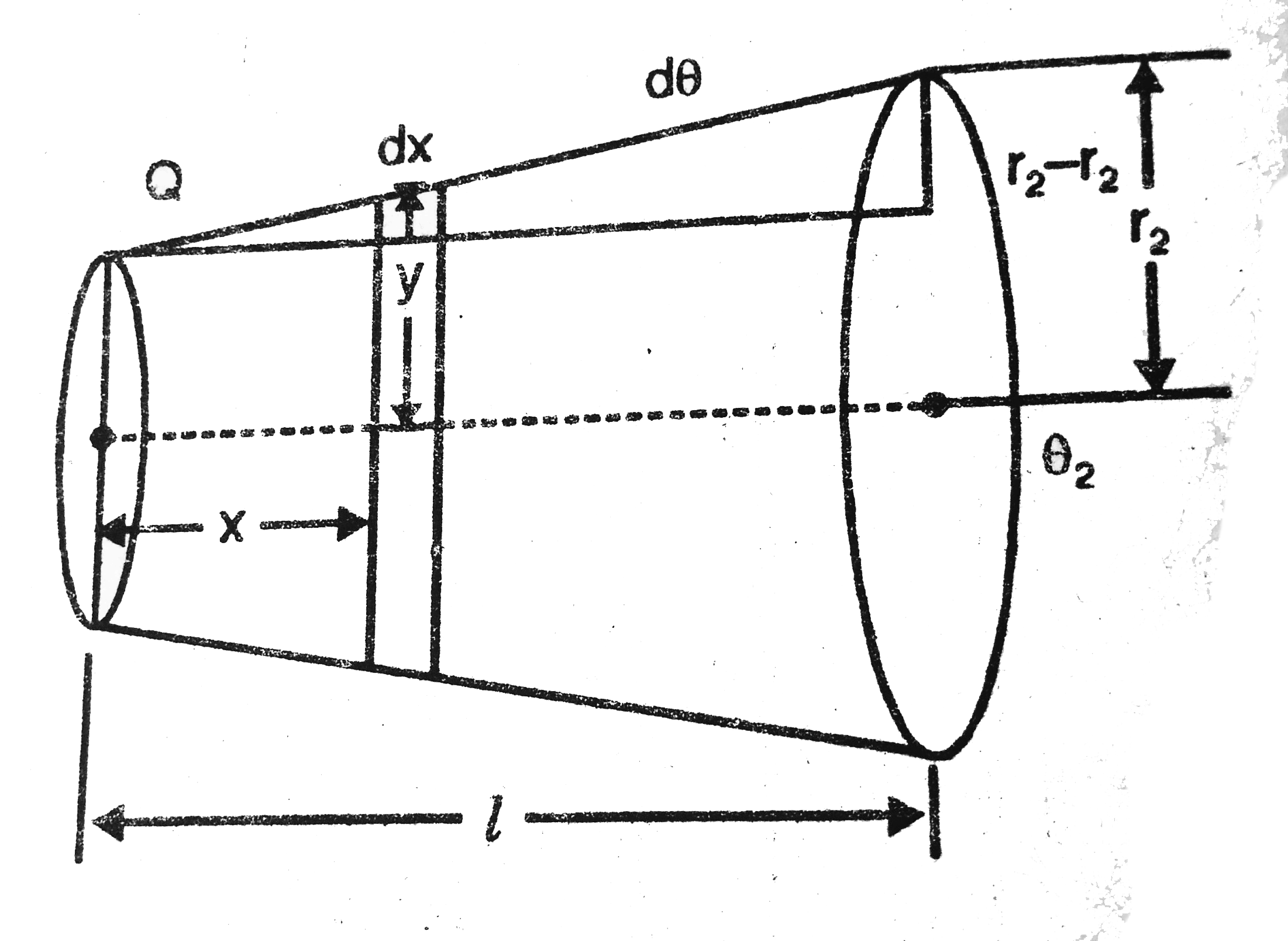Text Solution
Verified by Experts
The correct Answer is:
|
Topper's Solved these Questions
HEAT TRANSFER
HC VERMA|Exercise EXERCIESE|1 VideosView PlaylistHEAT TRANSFER
HC VERMA|Exercise Objective 2|6 VideosView PlaylistHEAT AND TEMPERATURE
HC VERMA|Exercise Exercise|4 VideosView PlaylistINTRODUCTION TO PHYSICS
HC VERMA|Exercise Exercises|19 VideosView Playlist
Similar Questions
Explore conceptually related problems
Knowledge Check
Similar Questions
Explore conceptually related problems
HC VERMA-HEAT TRANSFER-Exercises
- Four identical rods AB, CD, CF and DE are joined as shown in figure. T...
04:51
|
Play - Seven rods A, B, C, D, E, F and G are joined as shown in figure. All t...
13:35
|
Play - Find the rate of heat flow through a cross section of the rod shown in...
08:09
|
Playing Now - A rod of negligible heat capacity has length 20cm, area of cross secti...
05:53
|
Play - A hollow metallic sphere of radius 20cm surrounds a concentric metalli...
08:52
|
Play - Figure shown two adiabatic vessels, each containing a mass m of water ...
05:39
|
Play - Two bodies of masses m(1) and m(2) and specific heat capacities S(1) a...
09:27
|
Play - An amount n (in moles) of a monatomic gas at initial temperature T(0) ...
09:11
|
Play - Assume that the total surface area of a human body is 1-6m^(2) and tha...
02:02
|
Play - Calculate the amount of heat radiated per second by a body of surface ...
01:24
|
Play - A solid aluminium sphere and a solid copper sphere of twice the radius...
06:22
|
Play - A 100W bulb has tungsten filament of total length 1.0m and radius 4xx1...
01:52
|
Play - A spherical ball of surface area 20cm^(@) absorbs any radiation that f...
03:06
|
Play - A spherical tungsten pices of radius 1.0cm is suspended in an evacuate...
02:33
|
Play - A cubical block of mass 1.0kg and edge 5.0cm is heated to 227^(@)C . I...
03:58
|
Play - A copper sphere is suspended in an evacuated chamber maintained at 300...
03:37
|
Play - A spherical ball A of surface area 20cm^(2) is kept at the centre of a...
04:27
|
Play - A cylinderical rod of length 50cm and cross sectional area 1cm^(2) is ...
06:22
|
Play - One end of a rod length 20cm is inserted in a furnace at 800K. The sid...
05:08
|
Play - A calorimeter of negligible heat capacity contains 100cc of water at 4...
08:32
|
Play

